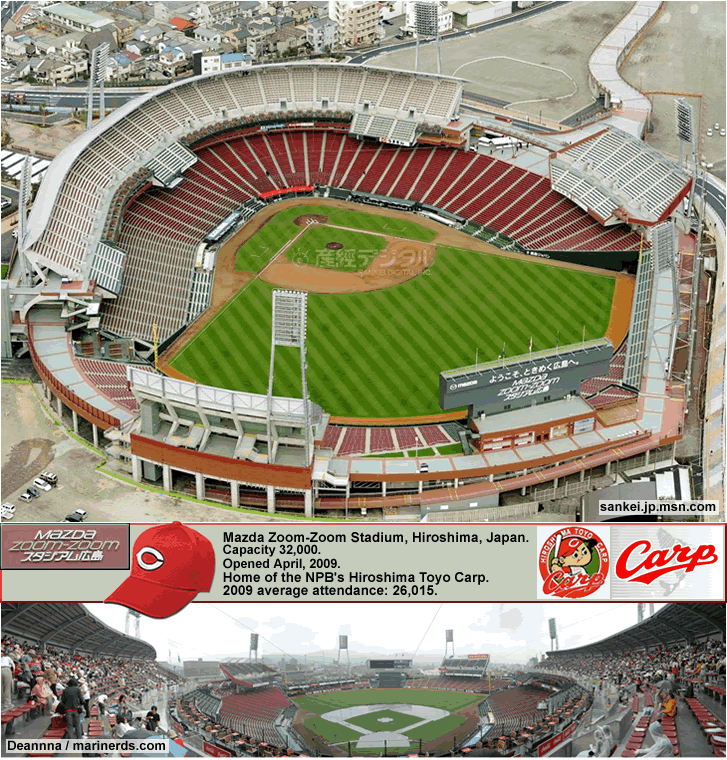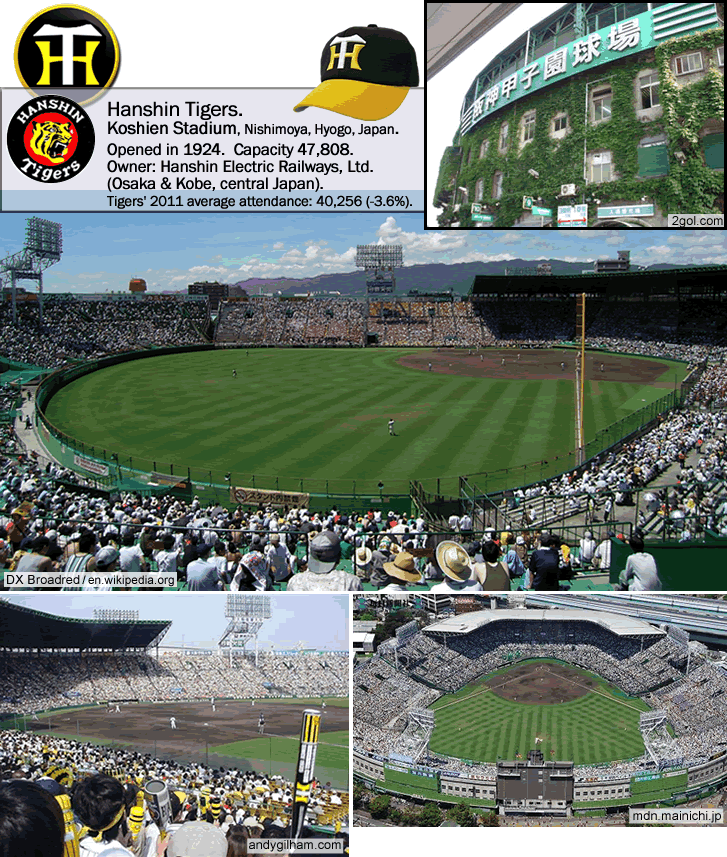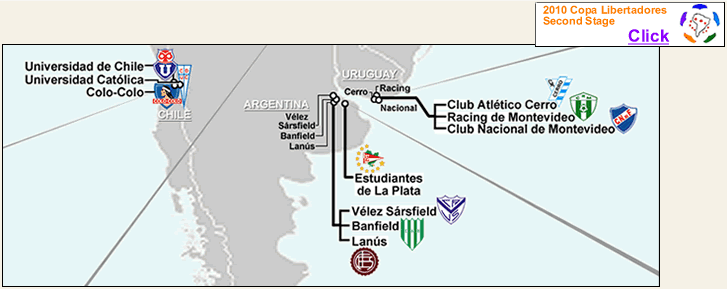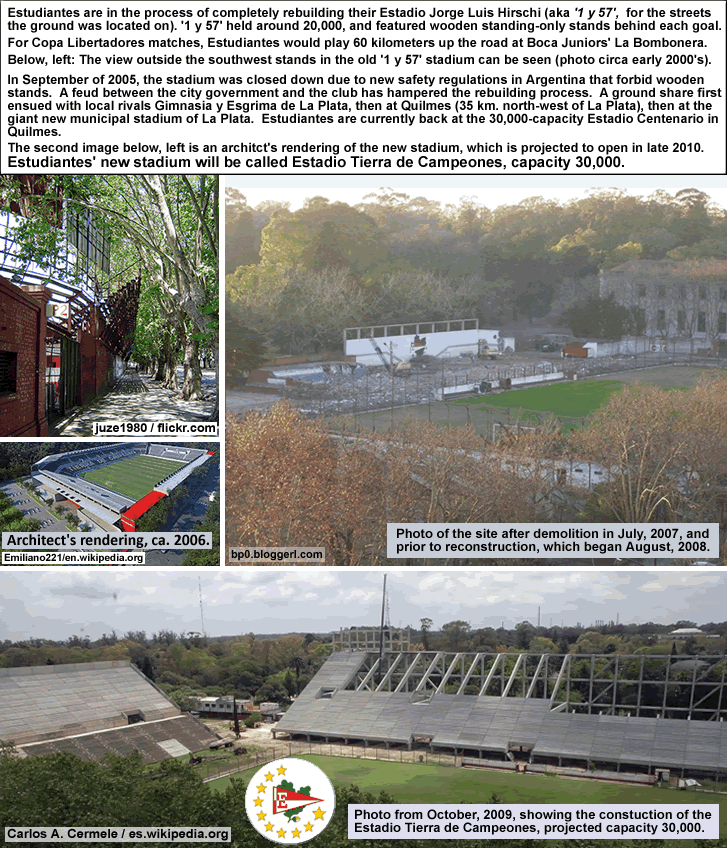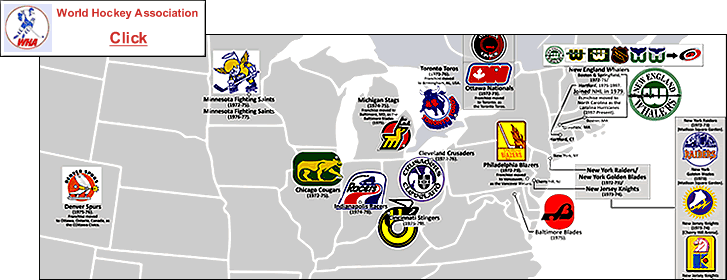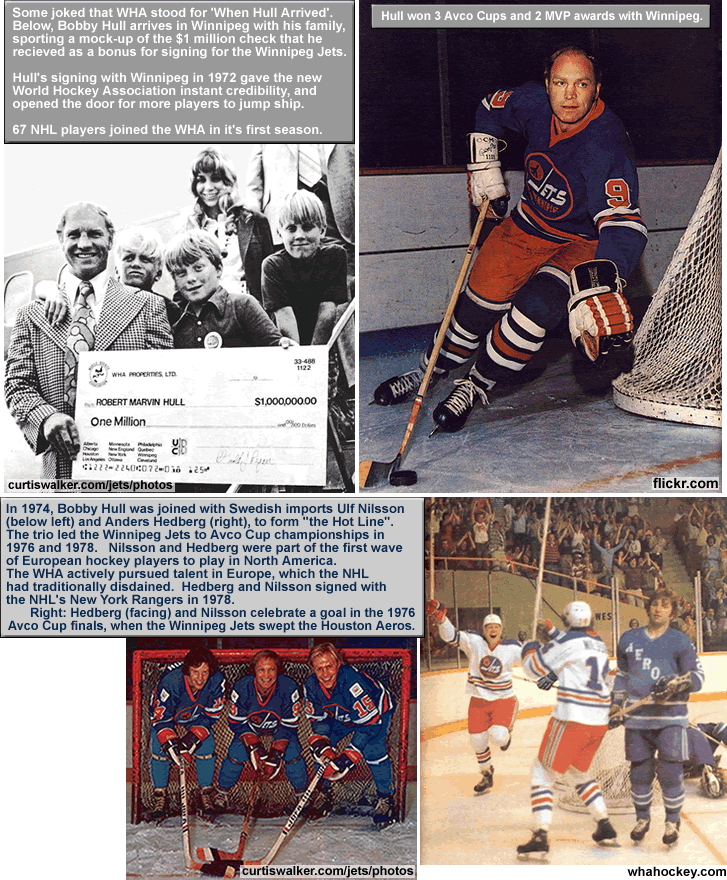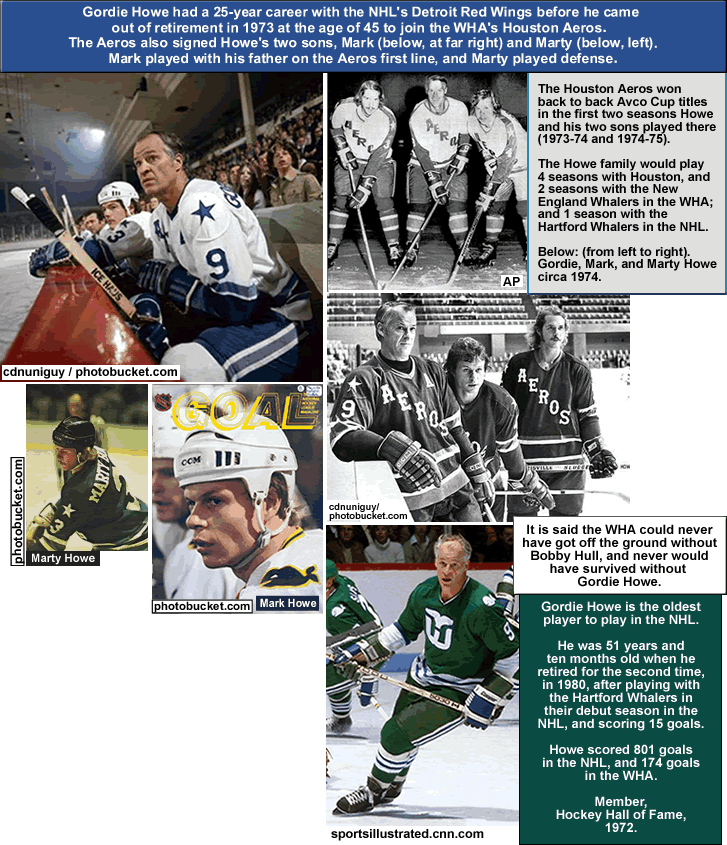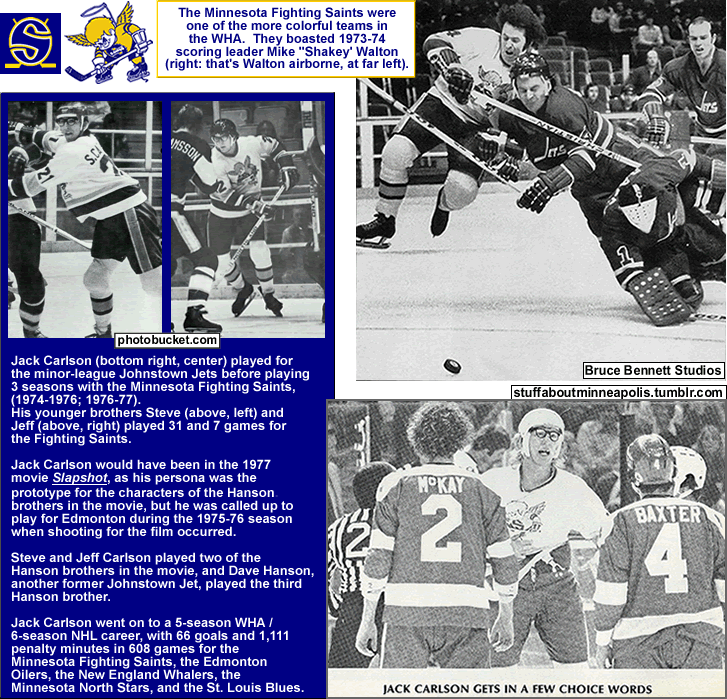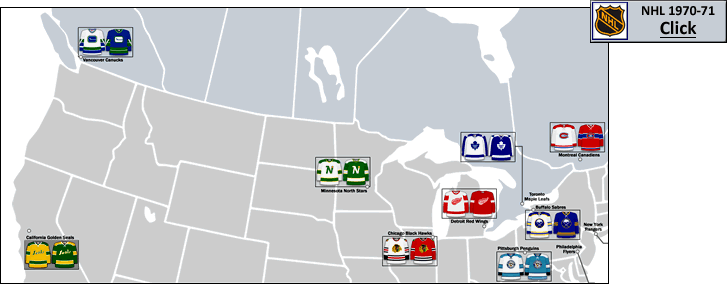…
[Please note: I have a more recent post [from 2012], on baseball in Japan (NPB), here, Japan: Nippon Professional Baseball, 2012 – location map, with titles list, and 2011 attendance data / Plus an editorial on Japan’s baseball stadium deficiencies / Plus a short article on Japanese-born players in MLB.]
Official NPB site, translated, here: NPB/english.
First off, I must point out that some of these figures, especially pertaining to the lower-drawing teams, might be inflated. On the message board at Japanese Baseball.com, where I found the figures, two of the total four forum participants insisted that the Orix Buffaloes’ figure of 17,680 per game had to be grossly inflated, even to the point of being almost double what they probably really were (!). One of the forum participants said he went to around half a dozen Orix home games in 2009, and at all the games the crowd looked more like 8,000 to 10,000, and not even close to filling half the stadium (the Osaka Dome capacity is 36,000). On the other hand, at least for the top drawing ball club in Japan, the Hanshin Tigers, it certainly does not appear that they are inflating their large, 40,000-plus-per-game attendance figures. They don’t have to. What is most likely going on here is that maybe one or two of the low-drawing teams in the NPB are probably jacking up their horrible attendance figures for the sake of not making the whole league look bad. Well, like I said re: the Argentina attendance figures I used earlier this year, sketchy figures are better than no figures at all.
Below: Mazda Zoom-Zoom Stadium, opened April, 2009. Home of the Hiroshima Toyo Carp…
Some other points on the 2009 NPB attendance figures…
Hiroshima Toyo Carp just moved into a new ball park in 2009, hence the 34 percent upswing at the turnstiles there. [Here are more photos of the stadium, from the Marinerds, etc. site: photos of Mazda Stadium, Hiroshima.]
The 7.2% attendance increase that the Seibu Lions saw in 2009 can be attributed to the fact that Seibu were reigning champions last year, having won the 2008 Japan Series, thus seeing the inevitable attendance increase the following season. On-field success leading to increased attendance can also be seen with Hokkaido’s ball club, the Nippon Ham Fighters, who won the Pacific Division and fittingly saw a decent uptick at the turnstiles of 6.3%. [By the way, this team's nickname is not "Ham Fighters". Nippon Ham is a big meat packing company in Japan. This mistake was made by me and my brother when we were were kids, and I have seen others comment on how they made the same error. To compound the confusion, the Nippon Ham Fighters used to feature a goofy mascot that was a pterodactyl whose head was a giant pink, meaty ham bone named 'Fighty'...so there actually was an aggressive, anthropomorphic pork product associated with the ball club.] Tohuku Rakuten are a poor drawing club that had a good season, finishing in second in the Pacific League, so their 4.7% attendance increase looks kosher.
Chiba Lotte Marines’ 8.5% decrease from 2008 can be seen in light of their poor 2009 season, when they were the third-worst team in the NPB. But what kept many fans away from the Marines’ ballpark was the fact that widely popular American manager Bobby Valentine was the victim of a season-long smear campaign by the Chiba Lotte Marines’ management. Valentine was the first foreign-born manager to win a championship in Japanese baseball, when he led the perennial basement-dwelling Marines to their first Japan Series title in 31 years, in 2005. But Valentine had worn out his welcome by constantly boasting to American media that he had a contract for life with the Chiba Lotte franchise (the owner had said as much to Valentine, in the euphoria immediately after the 2005 championship, but it was thought it was generally understood that that proclamation was to be taken with a grain of salt…evidently Valentine never got the memo for that; in other words, just one more example of how easily things get ‘lost in translation’ between Japanese culture and the American mind-set). Valentine’s high salary ($3.9 million a year), and the high salaries of several people who Valentine had brought into his inner circle at the ball club, contributed to the Marines’ top brass feeling they were justified in forcing him out. They basically put him into lame-duck status overnight, first by firing those in his inner circle. Then all the trappings of Valentine’s presence within the Marines’ stadium were removed…no more prominent video loop of Valentine at the stadium, no more giant Bobby V. murals, no more Bobby Valentine lunch boxes, beer or sake, and gone was the nearby street named after him…all this while Valentine was still manager in ’09. Fan protests took the form of banners criticizing Lotte management, and a petition campaign. Lotte management responded to this by doing everything in their power to make life miserable for Valentine, including demanding that reporters criticize Valentine’s managerial decisions, and having high ranking Lotte officials countermand Valentine’s instructions to players during games. They also started a whispering campaign, spreading the word that Valentine accepted kickbacks and sexually harassed a female employee (both untrue). So you can see why attendance was down at Lotte. Sheesh. If you want to read more about this sordid affair, see the Japan Times Online’s four-part series by best-selling baseball writer Robert Whiting, ‘Clandestine campaign led to Valentine’s demise’.
The Chunichi Dragons’ 5.3% drop in gate figures is harder to understand, seeing as how the Dragons finished 19 games above .500 and were the third-best team last season. Maybe the worldwide economic downturn has been particularly bad in the central Honshu Island city of Nagoya, where the Chunichi Dragons are located.
One other attendance increase is hard to pin down…the Yokahoma BayStars’ 10.4% upswing. As the BayStars are near the bottom of the average attendance list, maybe the official numbers-fudger at the BayStars was ordered to pad the gate figures even more. [Note, see bottom of this post, at NPB Tracker.com address, for potential explanation of Yokahoma BayStars 10% attendance increase.]
-
Below: Koshien Stadium, home of the Hanshin Tigers…
The best drawing ball club in Japan is not the county’s most popular team, which is by far the Yomiuri Giants of Tokyo, but the Hanshin Tigers, who are often called the Boston Red Sox of Japan. This comparison is apt, because not only do the Hanshin Tigers field a competitive, yet ultimately under-achieving team (like the Red Sox were, for around 80 years), but the Hanshin Tigers also boast a large and fervent following. And like Boston’s venerable Fenway Park, Hanshin has one of the nicest ball parks in the country, the Hanshin Koshien Stadium. Like Fenway, the Hanshin Koshein Stadium is old (built in 1936), and with the seating very close to the field. The Hanshin Tigers are from Nishimoya, which is located right between the cities of Kobe (to the west) and Osaka (to the east). This is part of the Kansai region, in south-central Honshu Island (which is Japan’s main island), and contains the second largest urban area in Japan, called Keihanshin {see this}, which is the combined region of Osaka, Kobe, and Kyoto. So you can see where the name Hanshin comes from…a shortening of the Keihanshin region’s name. The Hanshin Tigers, for all their populatity at the turnstiles, have won but one Japan Series title, in 1985.
Thanks to Japanese Baseball.com…this site was where I found the 2009 figures,
Japanese Baseball.com ;
forum thread with 2009 NPB attendances, at Attendance figures for NPB .
Turns out I wasn’t the only one wondering about the Yokohoma BayStars’ attendance figures. I think I found somewhat of an explanation of Yokohoma’s gate increase at the NPB Tracker.com site site…there was a promotion in 2009 featuring cheap beer in the cheap seats at the BayStars’ Yokohoma Stadium. See this, NPB Tracker.com, ‘Attendance Rising’, from 29 August , 2009 [see comment #2]: NPB Tracker thread, attendance figures 2009
Thanks to Yakyu shop for the photos of the ball caps NPB merchandise. Thanks to NPB site for small logos, NPB, english. Thanks to the contributors to the pages at en.wikipedia.org , Nippon Professional Baseball page at en.wikipedia.org. Thanks to Thanks Aaron Shinsano at East Windup Chronicle.com , eastwindupchronicle.com. Thanks to Demis.nl , Demis World Map Server (Public Domain).

